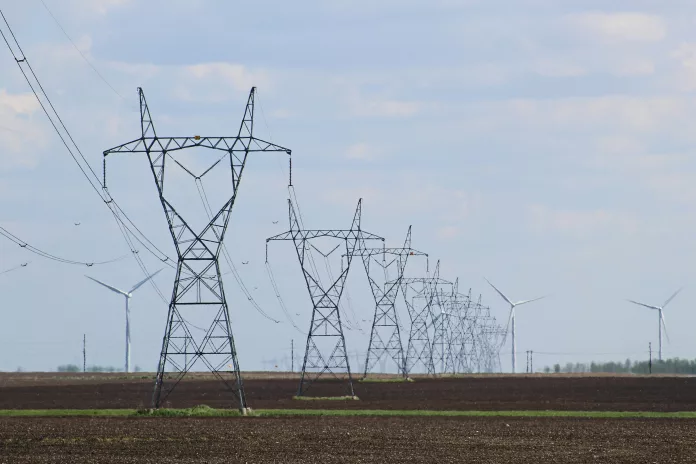The urgency of upgrading the United States’ electrical grid cannot be understated. The influx of electric vehicles, renewable energy initiatives, and burgeoning industries demand a power grid with the capacity to handle increased electrical loads. Yet, despite the pressure to modernize the grid, the expansion of physical infrastructure presents a complicated and pricey challenge, littered with regulatory hurdles and logistical barriers.
Boosting Transmission Line Efficiency
Step into the world of innovative technology like Norway’s Heimdall Power, which introduces its “magic ball,” a device adeptly designed to snugly encase HVDC lines. This gadget doesn’t just look futuristic – it serves a critical role in measuring the temperature of these high-voltage wirings. A cooler cable can transmit a more significant amount of power, but without precise temperature knowledge, operators resort to conservative estimates, avoiding risks but underusing the grid’s full potential.
Empowered with accurate temperature data through Heimdall’s device, grid managers can safely maximize transmission line capacity, thus delivering more power and, correspondingly, more revenue – a perfect marriage of efficiency and economy.
Embracing Advanced Reconductoring
Another transformative solution lies in the quest to replace the traditional lines with cutting-edge materials through “advanced reconductoring.” This practice could potentially revolutionize the grid’s capacity to accommodate clean energy sources like wind and solar power. While it’s a common initiative internationally, the adoption in the U.S. has been languid due to regulatory and bureaucratic complexities.
Historically, power lines have consisted of a steel core wrapped in aluminum. However, advances in the past two decades have seen the emergence of cables with smaller, lighter cores capable of handling up to twice the current. Transitioning to these innovative conductors doesn’t just double the capacity – it’s a cost-effective solution that capitalizes on pre-existing infrastructure and promises formidable system cost savings.
Quick action can bear fruit swiftly. As illustrated by Texan utility AEP, when faced with the urgent task to meet a population boom’s power demand, the company expedited delivery by enhancing an existing line with advanced conductors—boosting the capacity by a staggering 40% in under three years.
Clearing the Path for More Renewables
Resolving the current bottleneck in the grid could unlock the potential for widespread solar and wind energy integration. A widespread deployment of advanced conductors could amplify the transmission capacity fourfold by 2035, a critical step towards the homage to a green energy future.
Yet, the expedition to expand the electric grid is fraught with snags. With a growing demand for clean energy, as envisaged by President Biden, considerable network expansion is requisite. In spite of the recognized need, progress has been tediously slow, mired in bureaucratic tape and regional opposition to new construction. It reflects a significantly dwindling addition of high-voltage transmission lines annually, revealing the crux of the problem.
While the Inflation Reduction Act sought to tackle this issue with substantial funding, there’s a growing concern that the anticipated emission reductions may not come to fruition without substantial acceleration in transmission capacity growth.
A Look Across the Pond: European Models
Europe stands as a beacon, with countries like Belgium and the Netherlands readily embracing advanced conductors. The sentiment among their grid planners is clear: reconductoring is swift and practical, particularly where gaining new rights of way is an uphill battle.
In the U.S., the disjointed nature of the power grid and tangled web of regulations are significant impediments. New technologies often struggle to permeate in an environment with a myriad of utilities and regional operators. There’s a disconnect between regulatory practices and the financial incentives required to drive utility companies toward upgrading rather than extending.
Indications of Change and Optimism
However, the winds of change are beginning to stir. For example, Northwestern Energy in Montana found success with advanced conductors in reducing wildfire risk, prompting legislation to incentivize such technology. Furthermore, companies across the industry are demonstrating a burgeoning interest in grid-enhancing measures, driven by a collective understanding of the dire need for urgency.
The transformation of the grid is pivotal but stalled by economic and policy roadblocks. The critical takeaway is clear: it is time to align economic interests with the rapid, efficient reform of grid infrastructure. With the environmental clock ticking, decisive and immediate action is paramount.

























